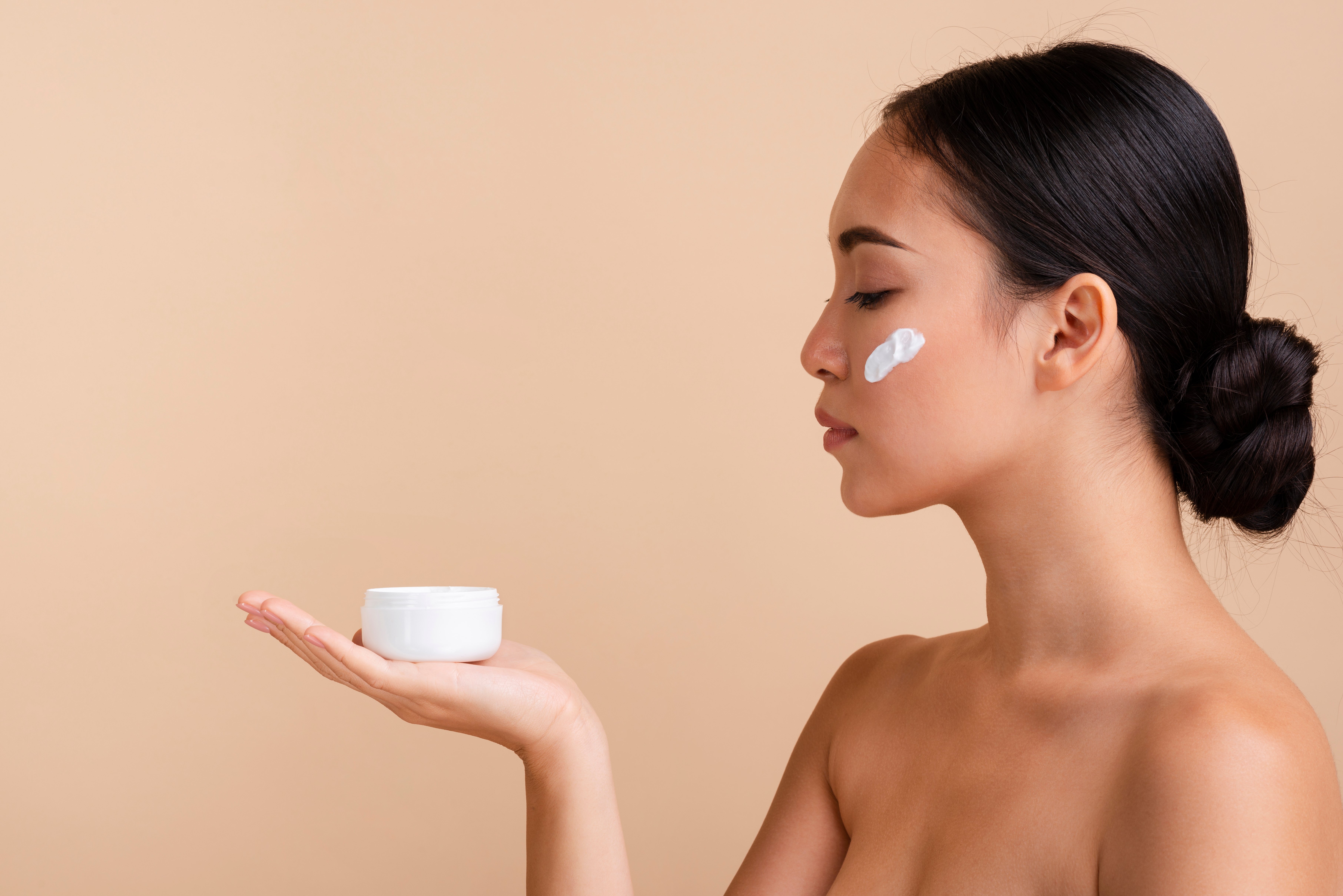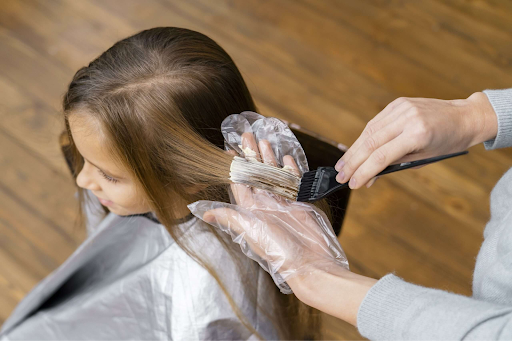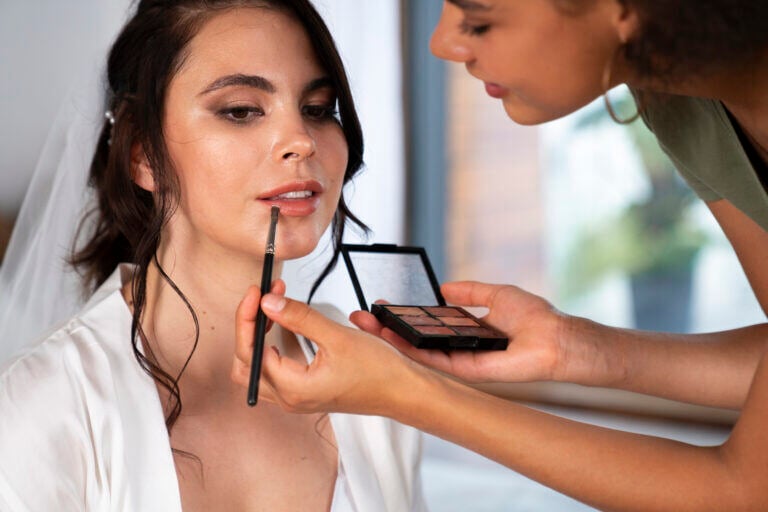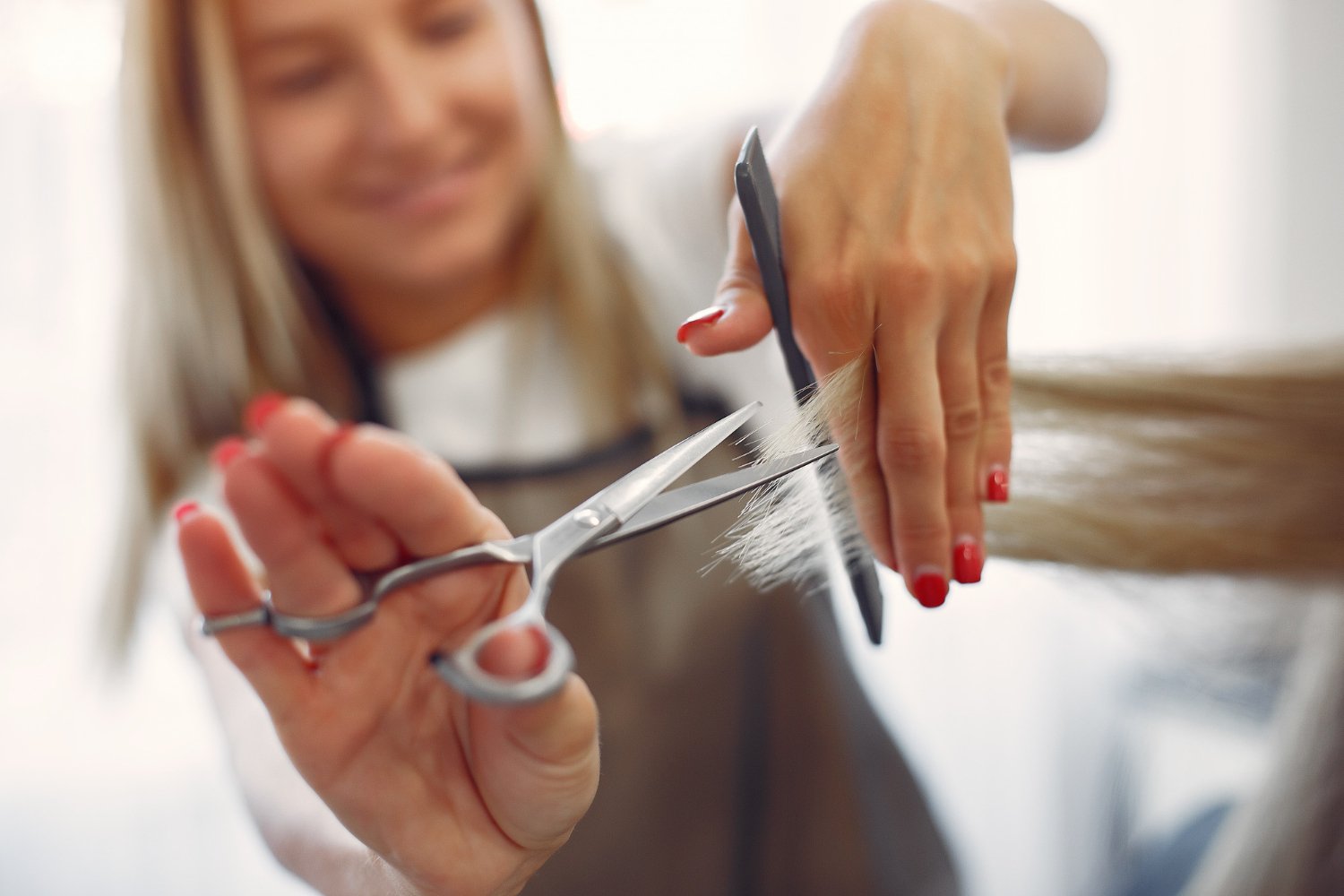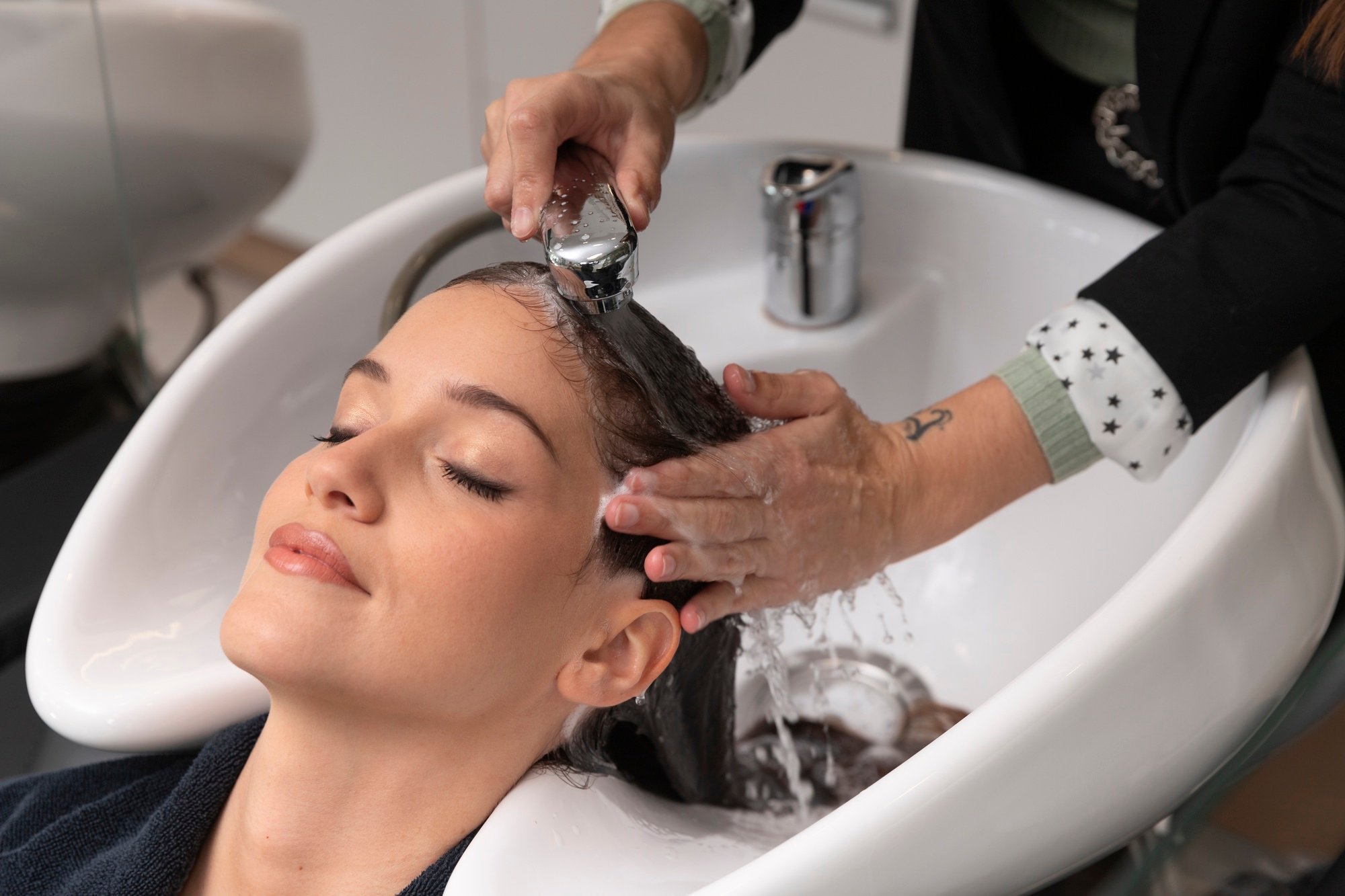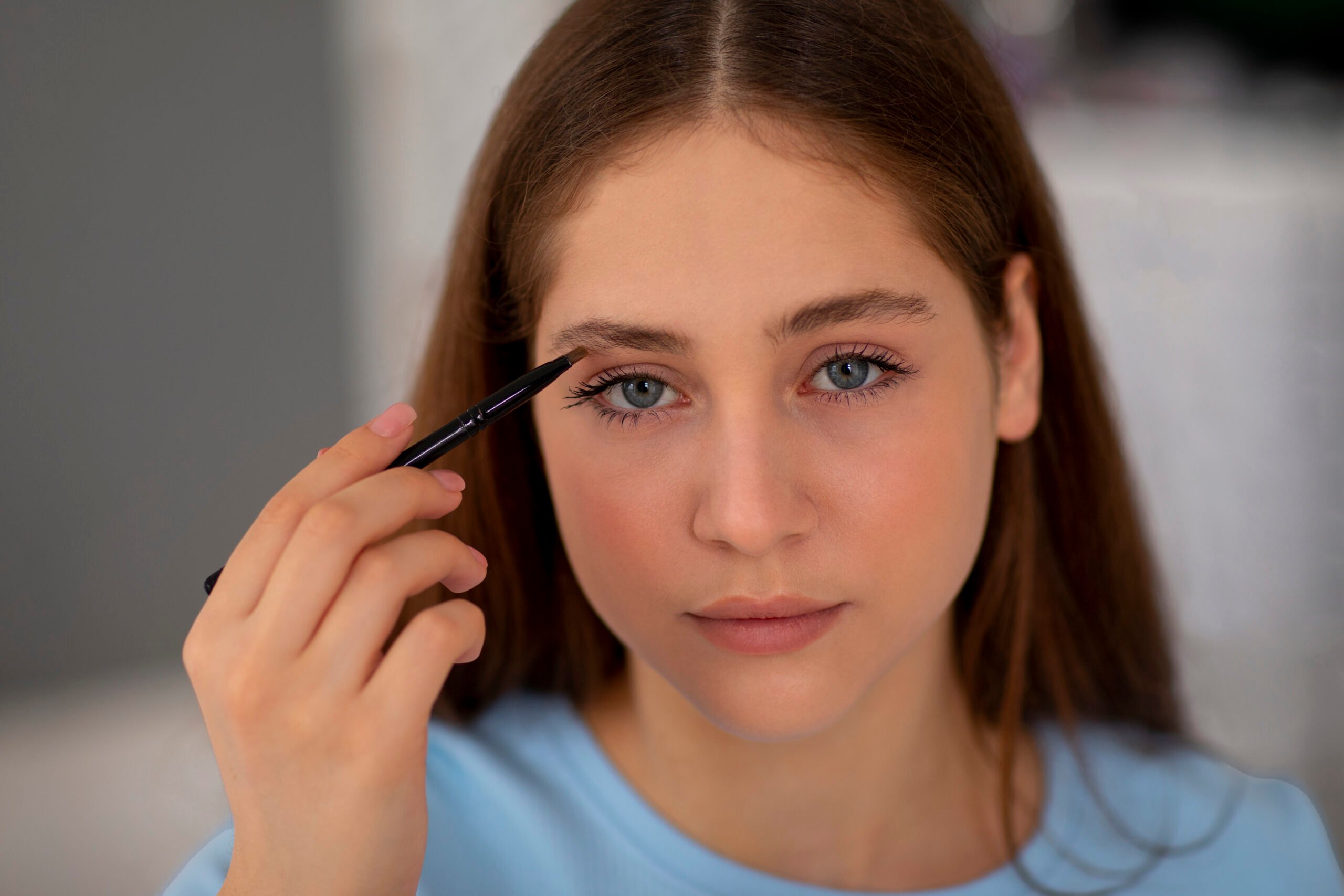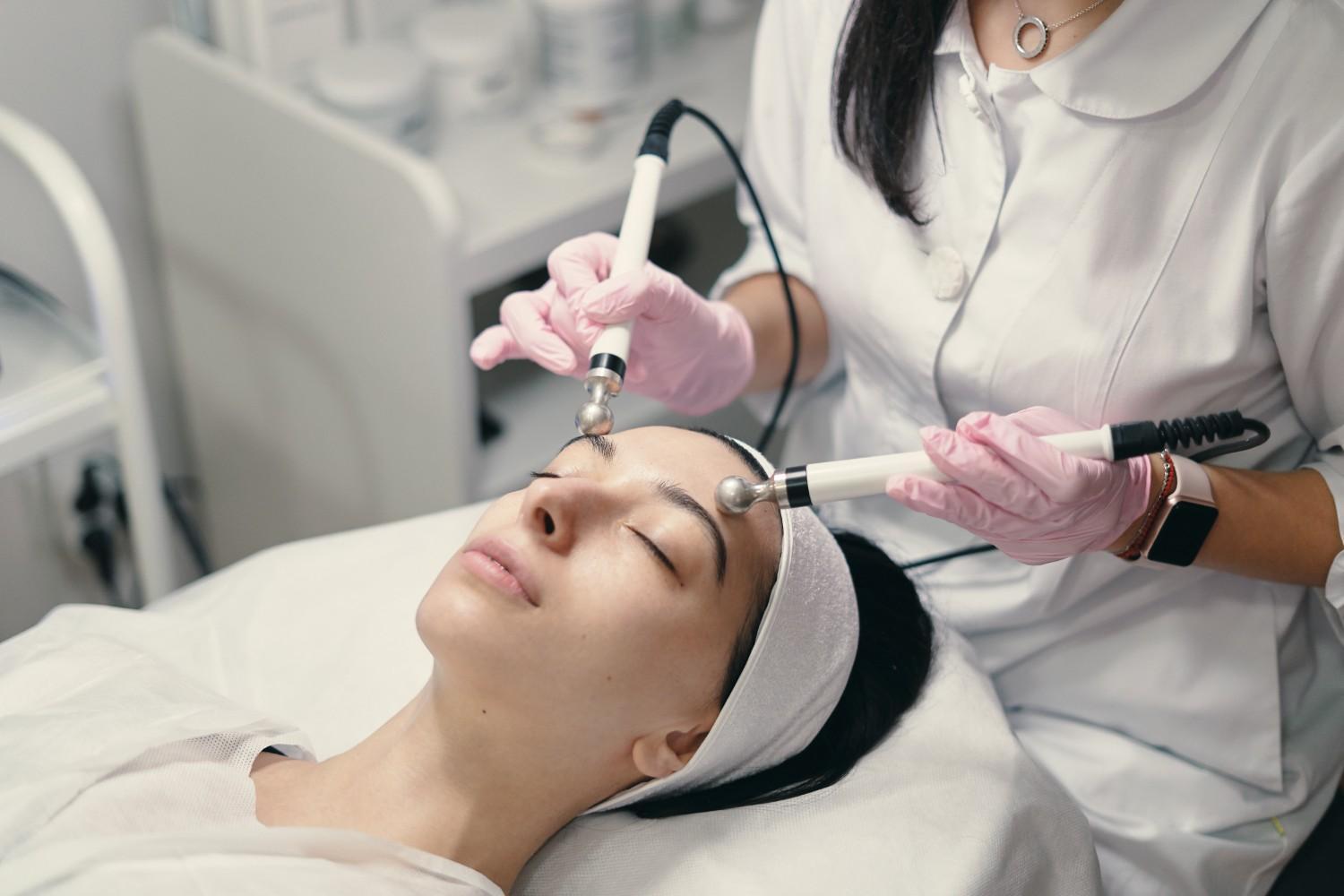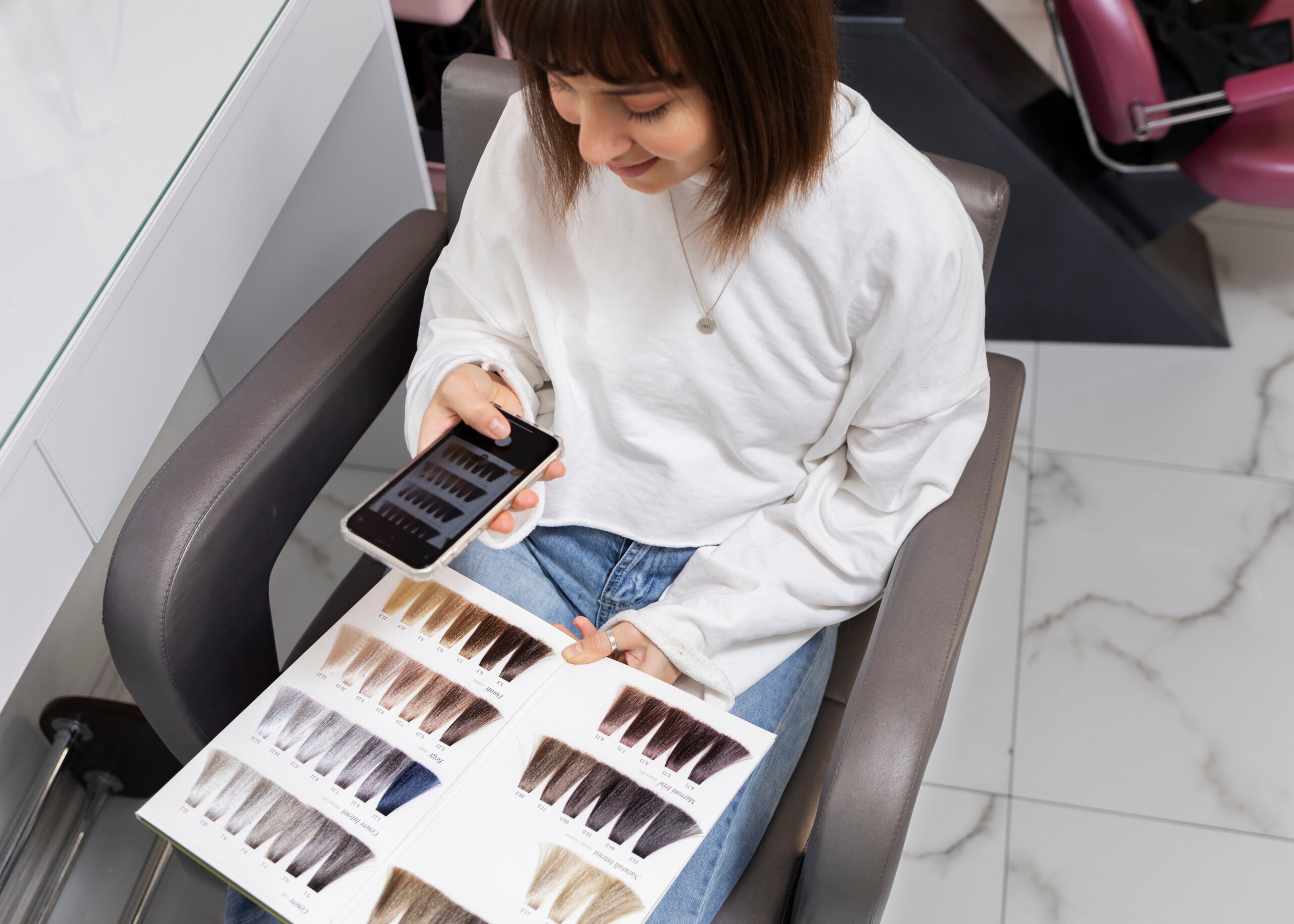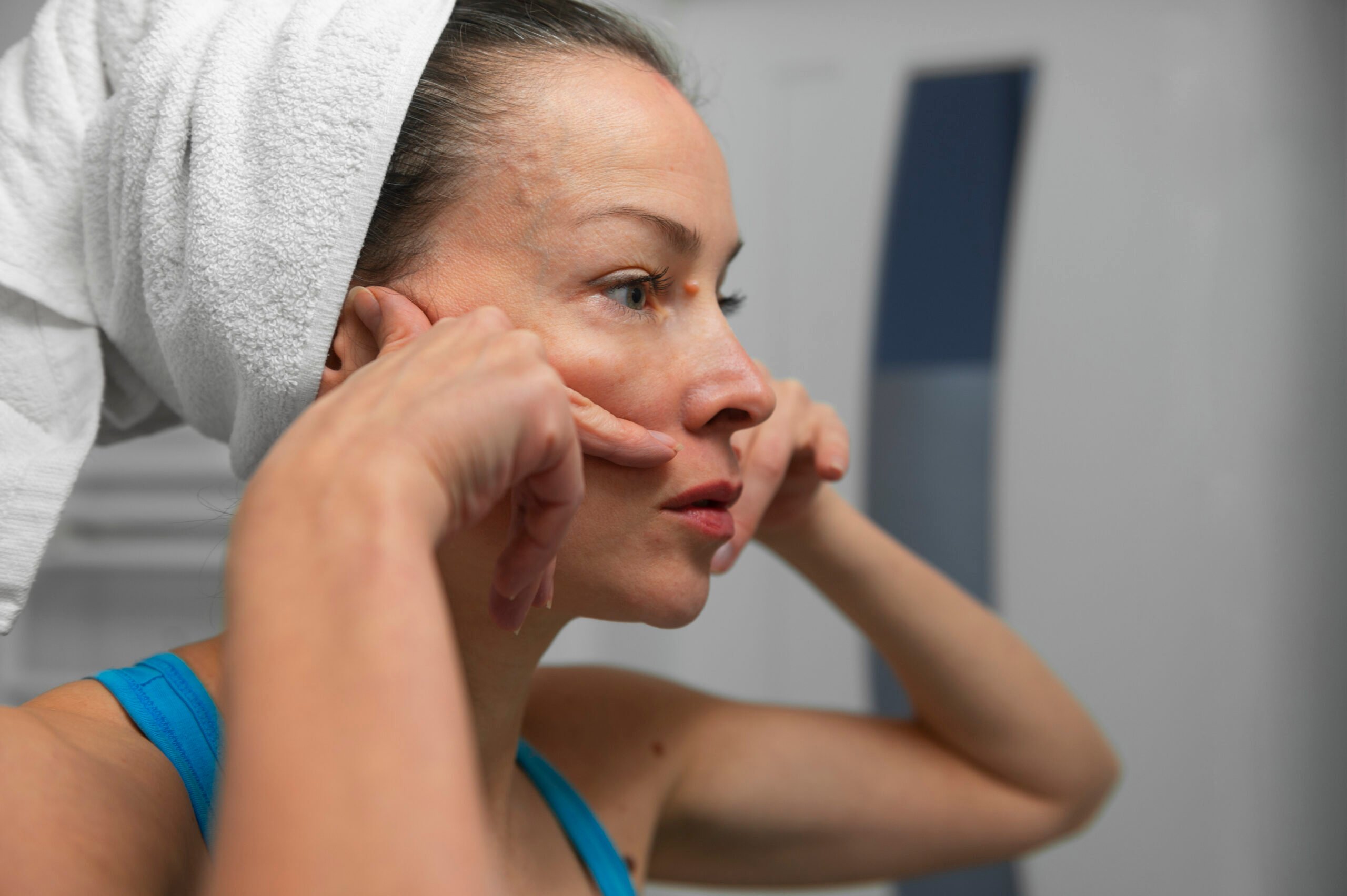Skin
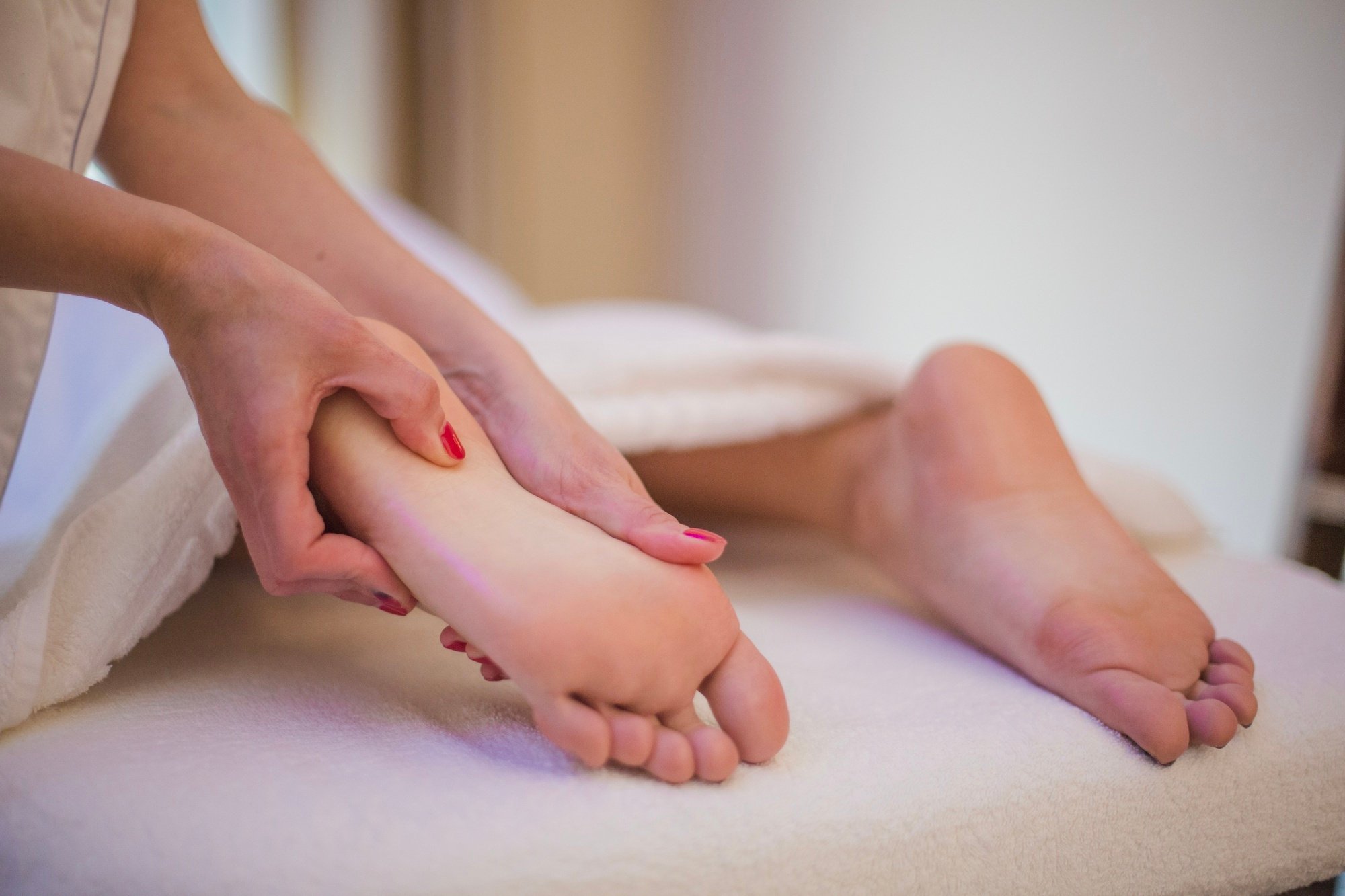
Skin
How to get rid of Peeling Skin on Feet?
6 minutes read | 6 Jan 25
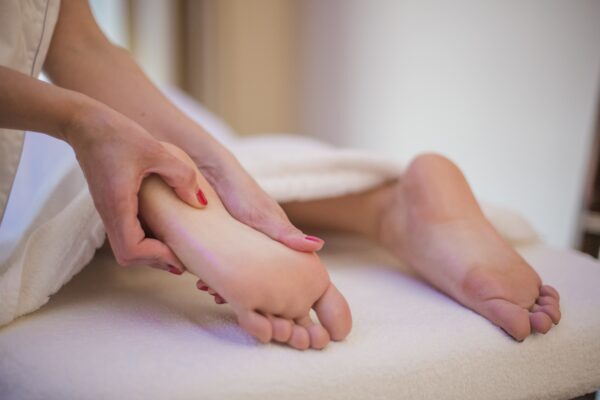
What causes thick peeling skin on feet?
Ever wondered why your feet sometimes develop thick, peeling skin? Let’s understand the various reasons why you might experience peeling on your feet. By understanding these causes, you'll be better equipped to take the right steps to prevent it from happening in the future.
Dry Skin:
The common cause of peeling feet skin on feet is when the feet aren’t moisturised regularly. They tend to become dry, cracked, and eventually start peeling. Dry environments, cold weather, and hot showers can all strip natural moisture from the skin, leaving your feet prone to thick, flaky skin.
Eczema:
This skin condition can cause dry, itchy, and sometimes peeling skin on your feet. In some cases, eczema can cause the skin to become thick, scaly, and prone to peeling, especially on the feet.
Athlete's Foot:
Fungal infections, like athlete’s foot, can also lead to peeling skin. These infections thrive in warm, damp places, which makes our feet an ideal spot if we’re often wearing shoes for long periods without proper ventilation. It can also cause itching and redness.
Psoriasis:
Psoriasis is a chronic autoimmune disease that can cause skin cells to grow too quickly. This rapid cell growth leads to a buildup of dead skin cells that form thick, scaly patches. These patches can appear anywhere on the body, including the feet. Psoriasis on the feet can be particularly bothersome, as it can cause discomfort, cracking, and even pain.
Reactions to Chemicals:
Some harsh soaps, detergents, or even certain medications can irritate your skin and lead to peeling.
How to Treat Peeling Skin on Feet

We’ll explain some effective treatments to prevent peeling feet so you can get back to feeling comfortable in your own skin. Here are a few tips to help you soothe your skin and promote healing:
1. Soak Your Feet
A warm water soak softens dead skin and prepares it for gentle removal. Adding a bit of Epsom salt or even a splash of apple cider vinegar can help reduce any itchiness and soften rough patches. Just keep the soak to around 10-15 minutes, so you’re not over-drying the skin.
2. Exfoliate Gently
Once your feet are softened, reach for a pumice stone or gentle foot scrub. Focus on the peeling areas, and avoid harsh scrubbing, as this can irritate already sensitive skin. A light exfoliation once or twice a week can help remove dead skin without causing further peeling.
3. Moisturise Like a Pro
After exfoliating, follow up with a rich, hydrating moisturiser to lock in moisture. Look for creams with urea or hyaluronic acid, which are great at deeply hydrating dry areas. Slather it on before bed and put on a pair of cotton socks – this helps the moisture sink in overnight.
4. Stay Hydrated
Dehydration is often a hidden culprit of dry, peeling skin, so keep your water intake up. A well-hydrated body supports healthy skin all over, including your feet!
5. Keep an Eye on Your Footwear
If your shoes are trapping moisture or causing friction, this can contribute to peeling. Make sure your footwear is breathable and well-fitting to avoid skin irritation. Try alternating your shoes regularly to give them a chance to air out.
Professional Advice and Consultation
Think about it—just like you would see a doctor for any other persistent health issue, your feet deserve the same level of care. The next step is to consult and seek professional advice for persistent or severe peeling skin on your feet.
Consulting a Podiatrist or Dermatologist
A podiatrist or dermatologist is trained to assess foot health and skin conditions. They can examine the peeling skin on your feet and determine whether it’s due to factors like dryness, friction, fungal infections, or chronic skin conditions like eczema or psoriasis. A thorough evaluation may involve looking at your footwear, lifestyle, or any existing health conditions that could be contributing to the problem.
Medical Treatments for Fungal Infections
If the peeling is caused by a fungal infection, such as an athlete’s foot, a professional can prescribe antifungal treatments. These may come in the form of creams, powders, or even oral medication for more severe cases. Properly treating the infection is essential to stop the peeling and restore healthy skin.
Prescription-strength creams and Moisturisers
For peeling related to dryness or skin conditions, a dermatologist might recommend prescription-strength moisturisers or ointments that go beyond what’s available over the counter. These products are specially formulated to deeply hydrate and protect the skin, helping to reduce thickened patches and prevent further peeling.
Custom Orthotics and Footwear Recommendations
In cases where friction or pressure from shoes is contributing to thickened, peeling skin, a podiatrist might suggest custom orthotics or specific footwear changes. By reducing pressure and friction on certain areas of the feet, these adjustments can prevent the skin from thickening as a protective response, promoting healthier skin overall.
Specialised Treatments for Skin Conditions
For peeling caused by chronic skin conditions, dermatologists may recommend treatments tailored to those specific issues. This could include topical corticosteroids for inflammation, light therapy, or other therapies designed to manage conditions like eczema or psoriasis.
Regular Check-Ups and Preventive Care
Regular follow-up visits can help ensure that any treatment plan is effective and that peeling skin doesn’t return. A healthcare professional can monitor your progress, adjust treatments as needed, and offer preventive tips to maintain foot health.
Conclusion
Remember, while these tips can help alleviate peeling skin on your feet, it's always a good idea to consult a dermatologist if the issue persists or worsens. For expert support and personalised peeling feet treatments, Bodycraft offers a range of skincare and wellness services to help you achieve flawless, comfortable feet. Book a consultation with us today.
FAQ around foot skin peeling
Should I be worried if my skin is peeling?
Peeling skin can be caused by various factors, including sunburn, dry skin, skin conditions like eczema or psoriasis, or even reactions to certain medications or chemicals. If the peeling is accompanied by other symptoms like redness, itching, or pain, it's best to consult a doctor to determine the underlying cause and get appropriate treatment.
Are foot peels safe?
Foot peels can be safe when used correctly, but they may not be suitable for everyone. It's important to avoid using them if you have any skin conditions, open wounds, or diabetes. Additionally, it's crucial to follow the instructions carefully and avoid picking at the peeling skin, as this can increase the risk of infection.
Can skin peeling be cured?
Whether skin peeling can be cured depends on the underlying cause. If it's due to a temporary issue like sunburn or dry skin, it will typically resolve on its own within a few days or weeks with proper care. However, if it's caused by a chronic skin condition, it may require ongoing management. It's best to consult a doctor to determine the cause and get appropriate treatment.
Related categories
Get a complimentary consultation today. Book now







































.png)

























-1.png)




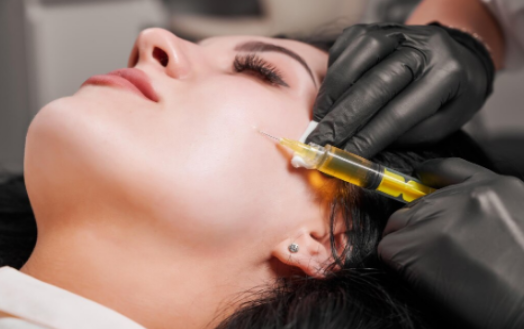
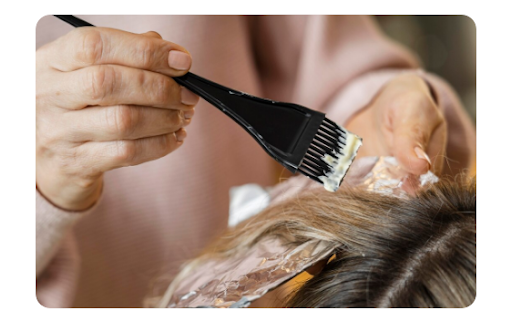
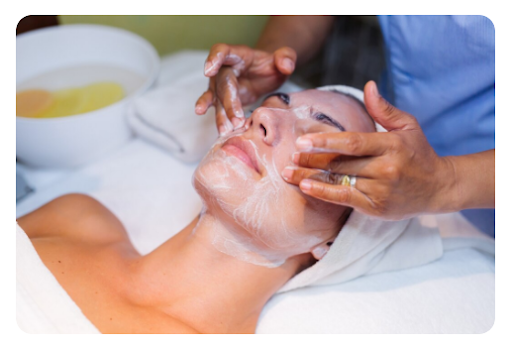


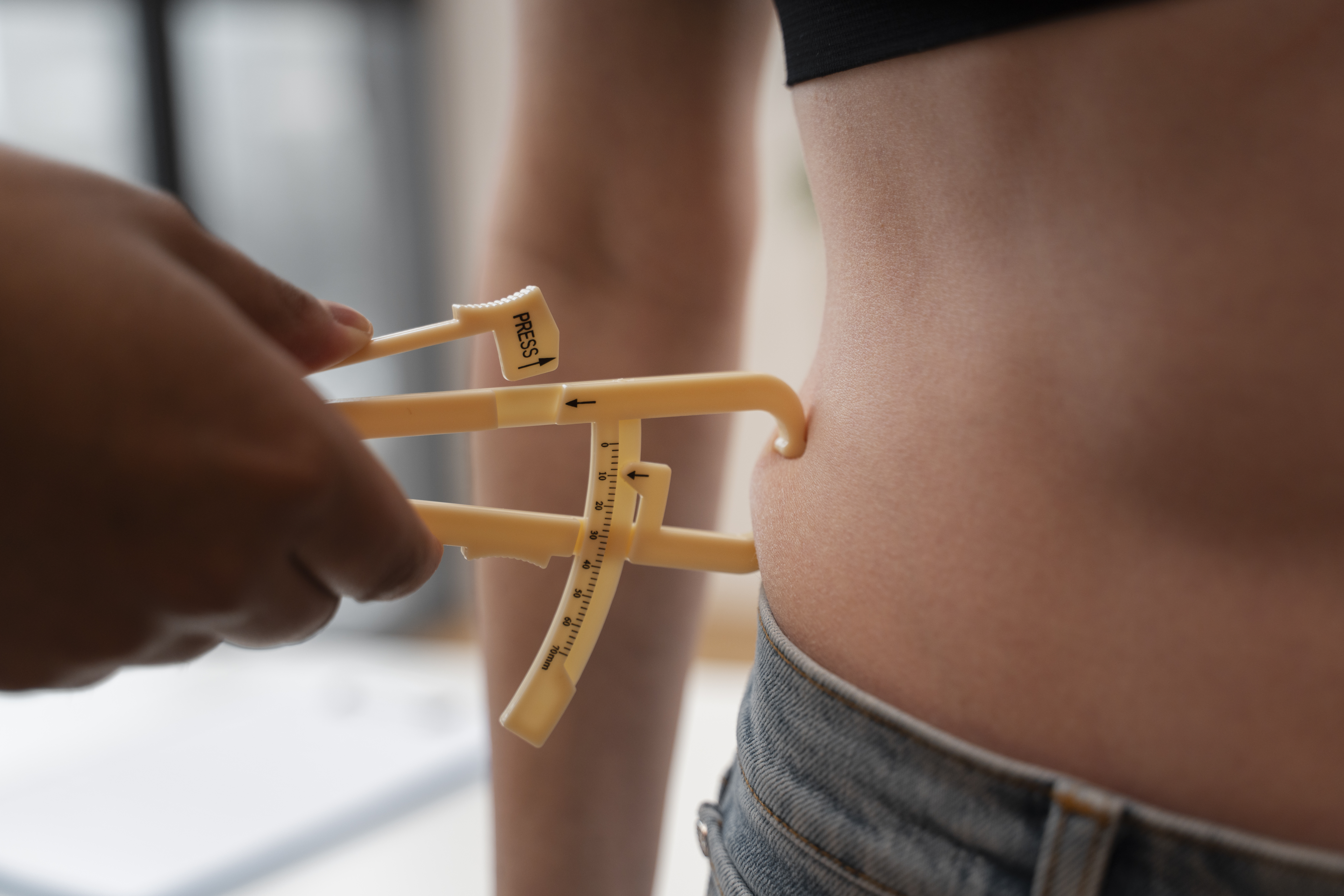
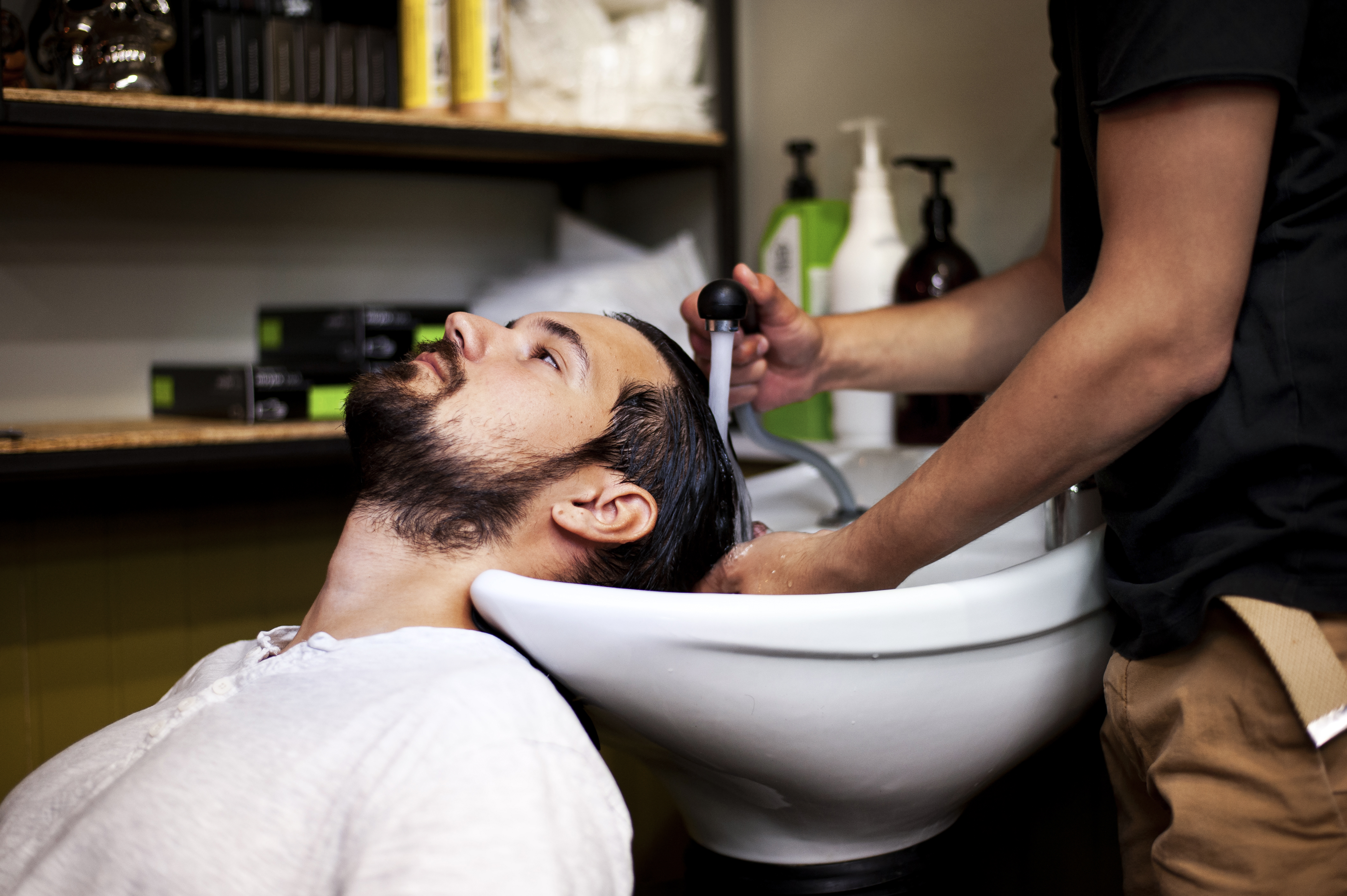


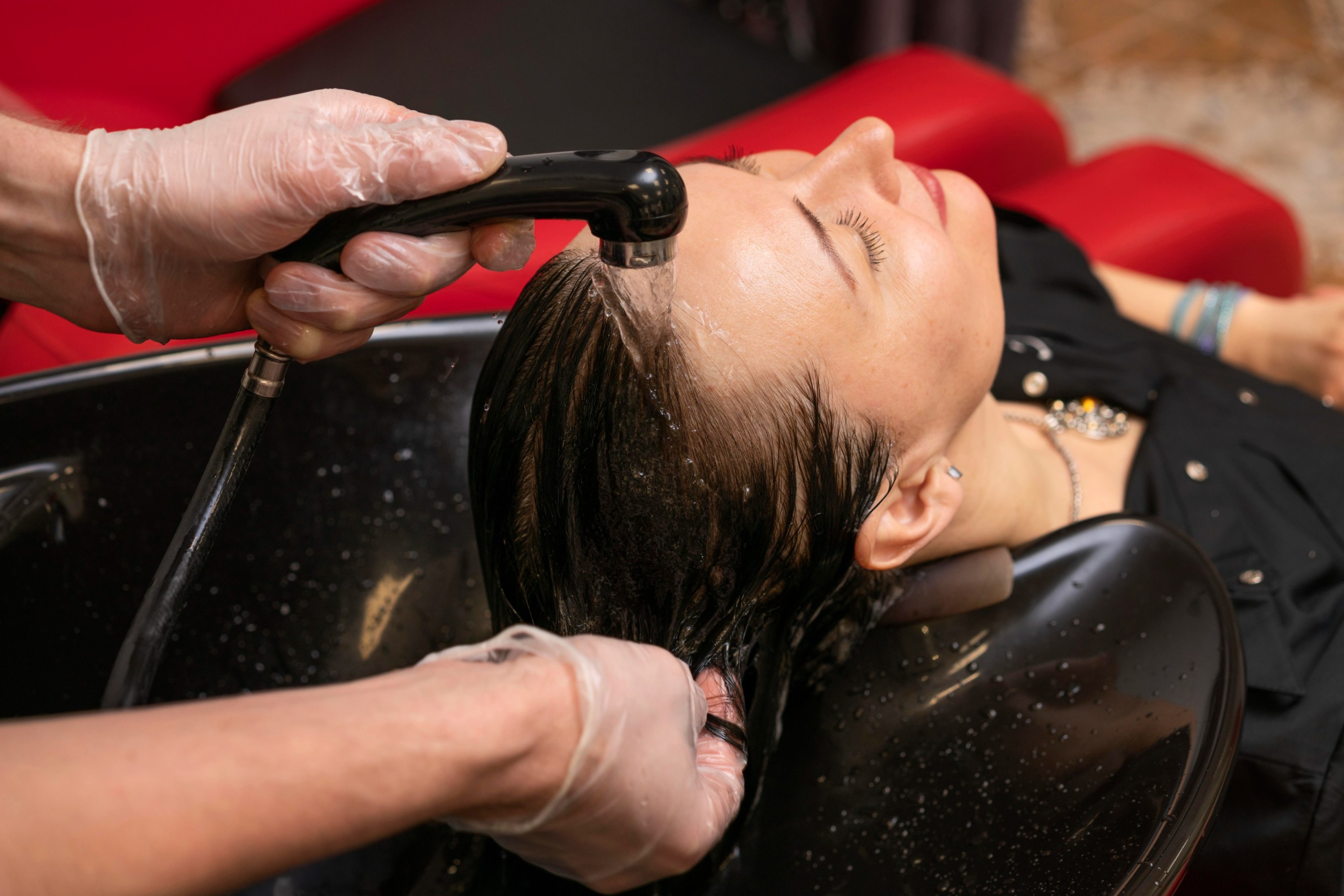




.jpg)
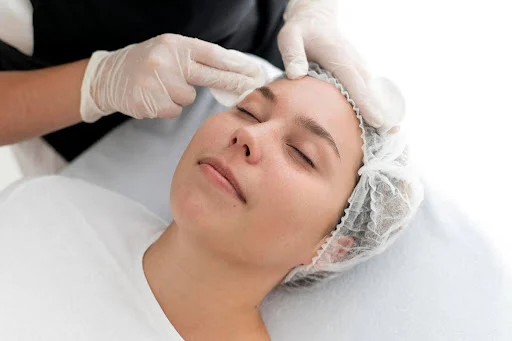
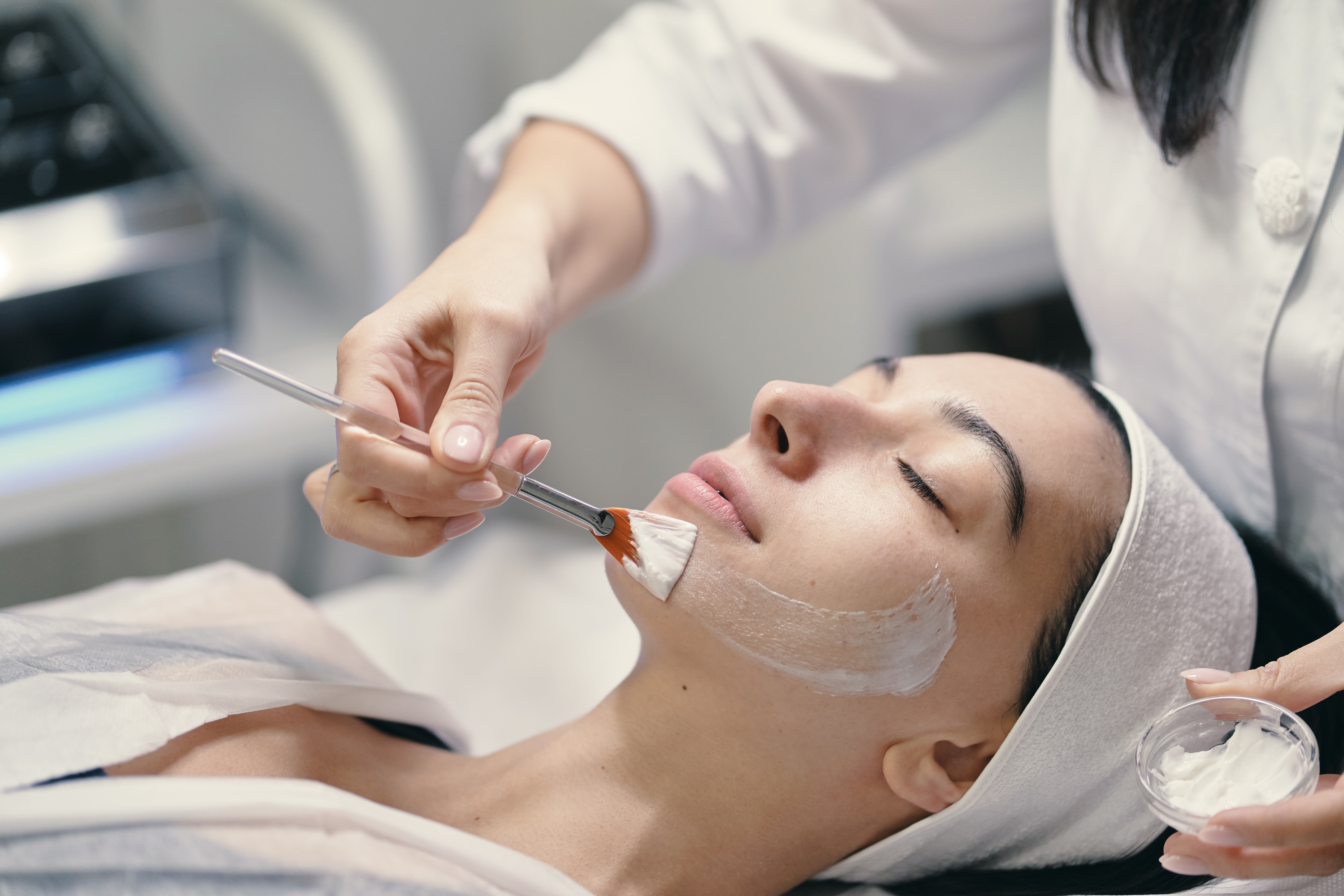

.jpg)


.jpg)
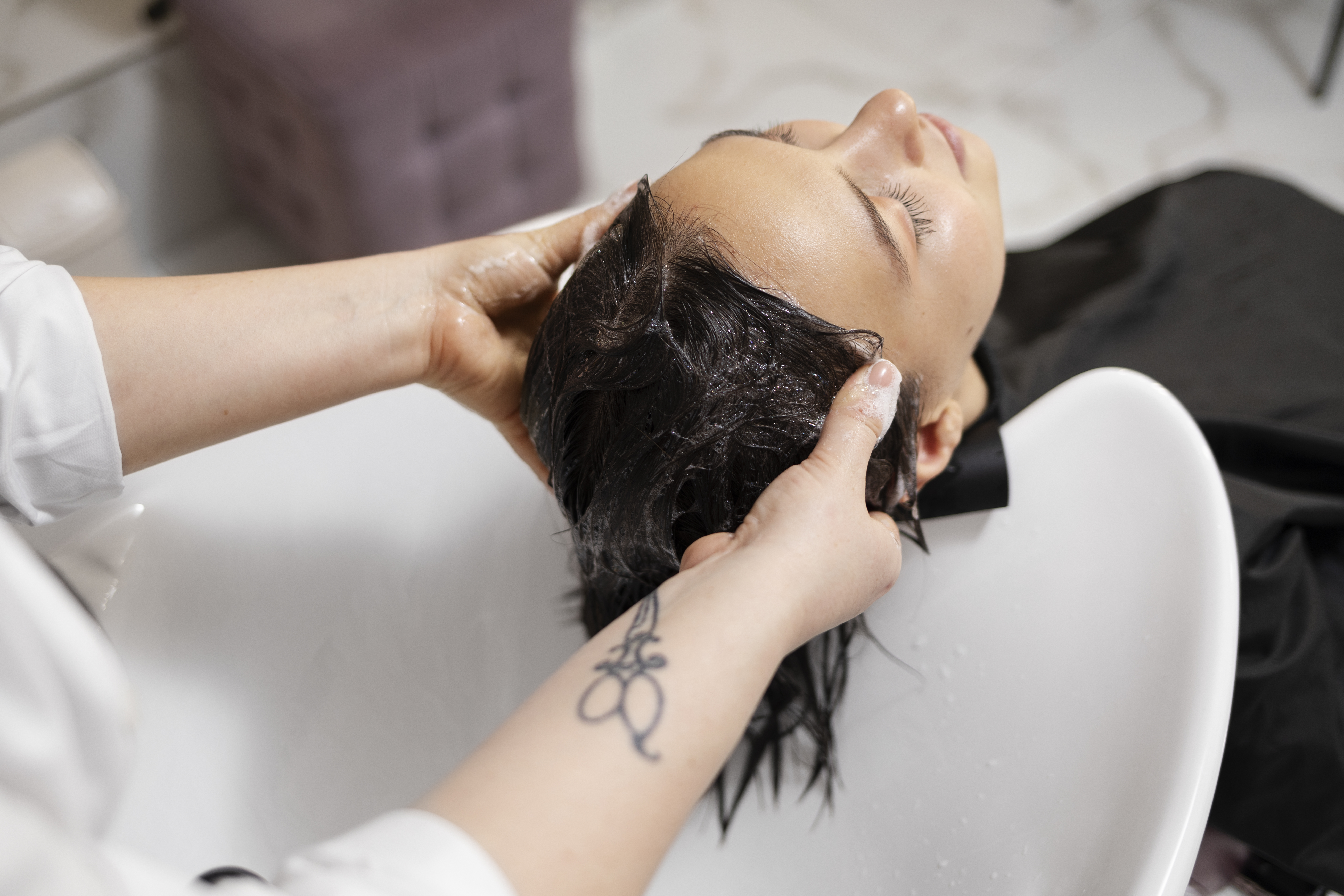
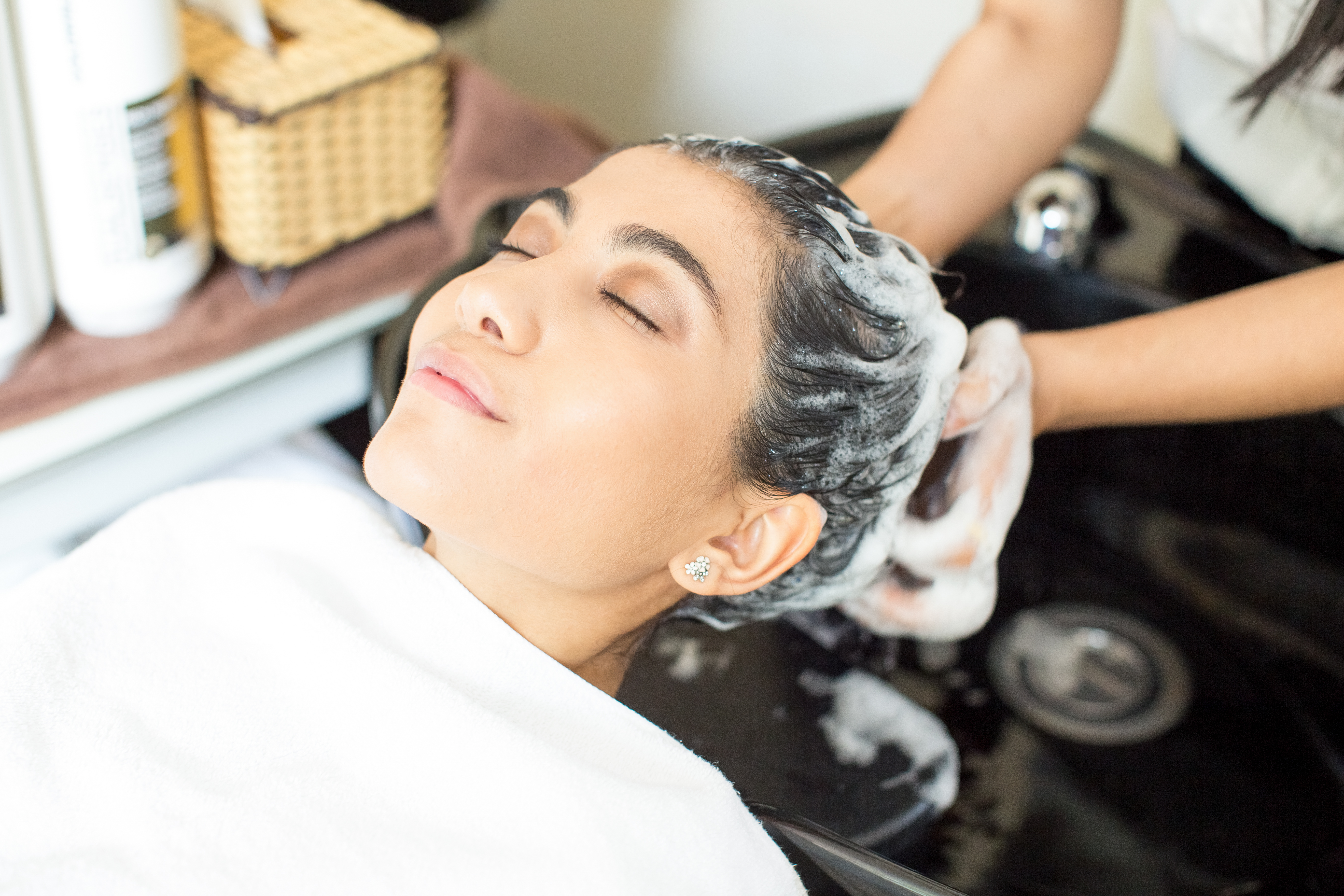
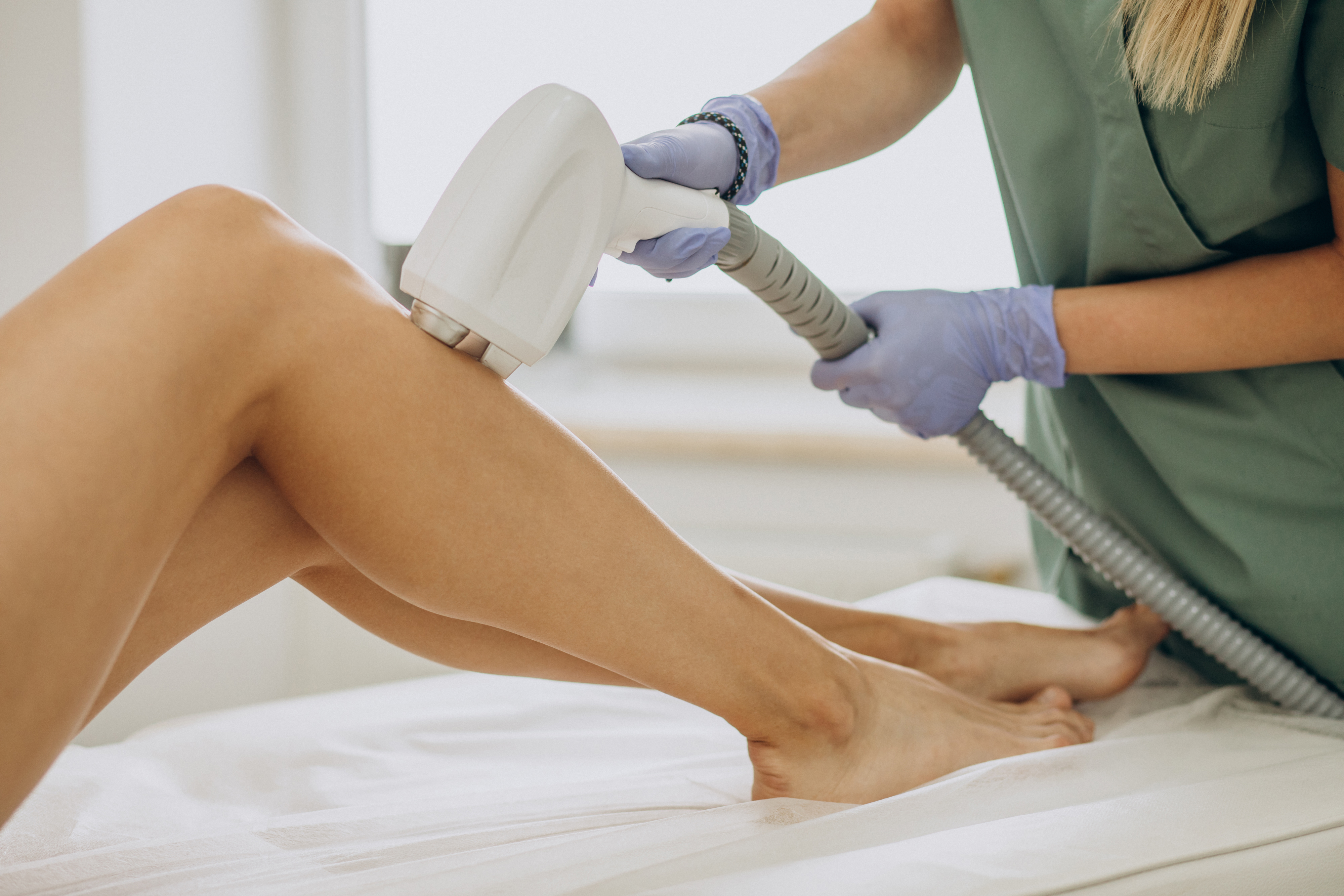


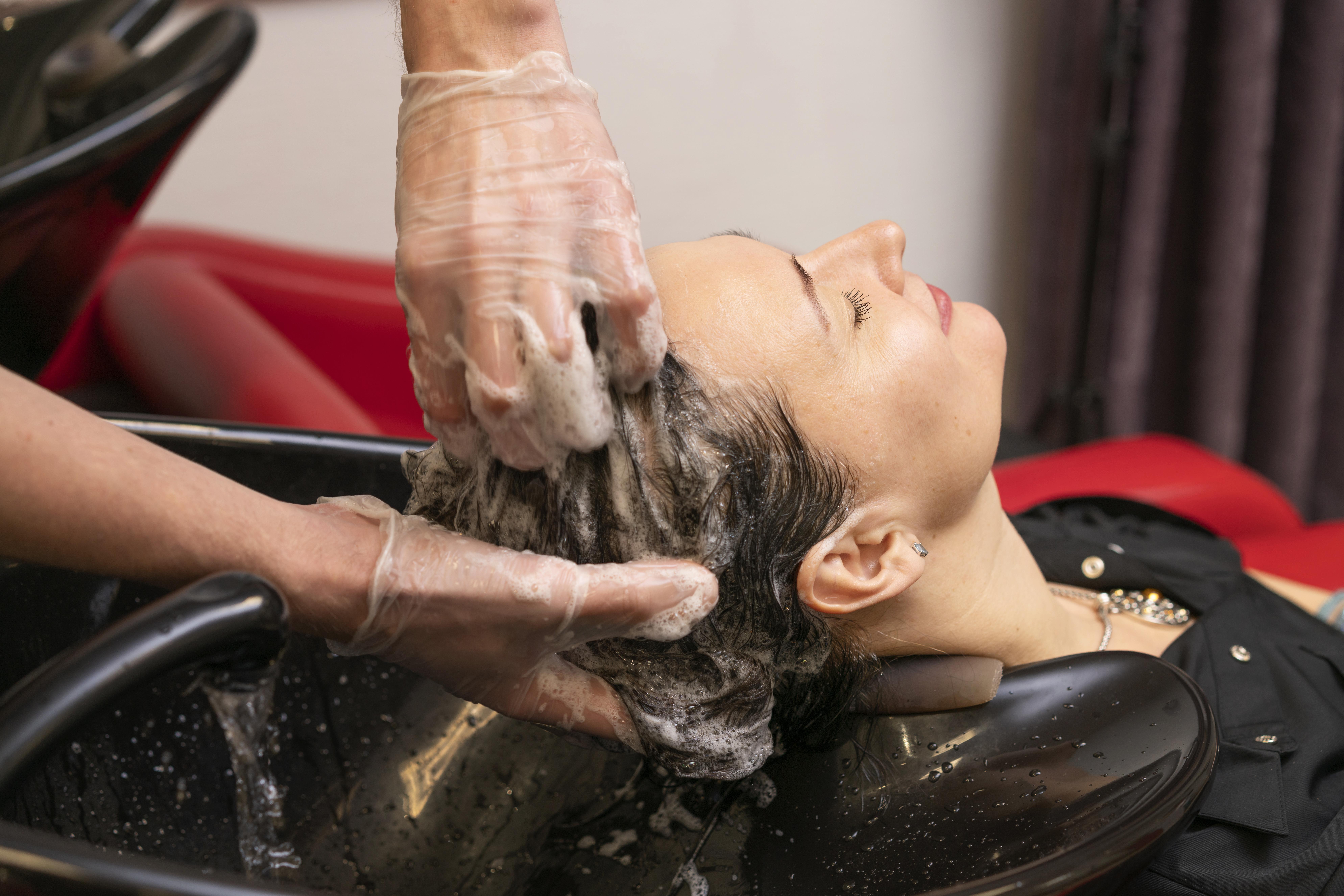


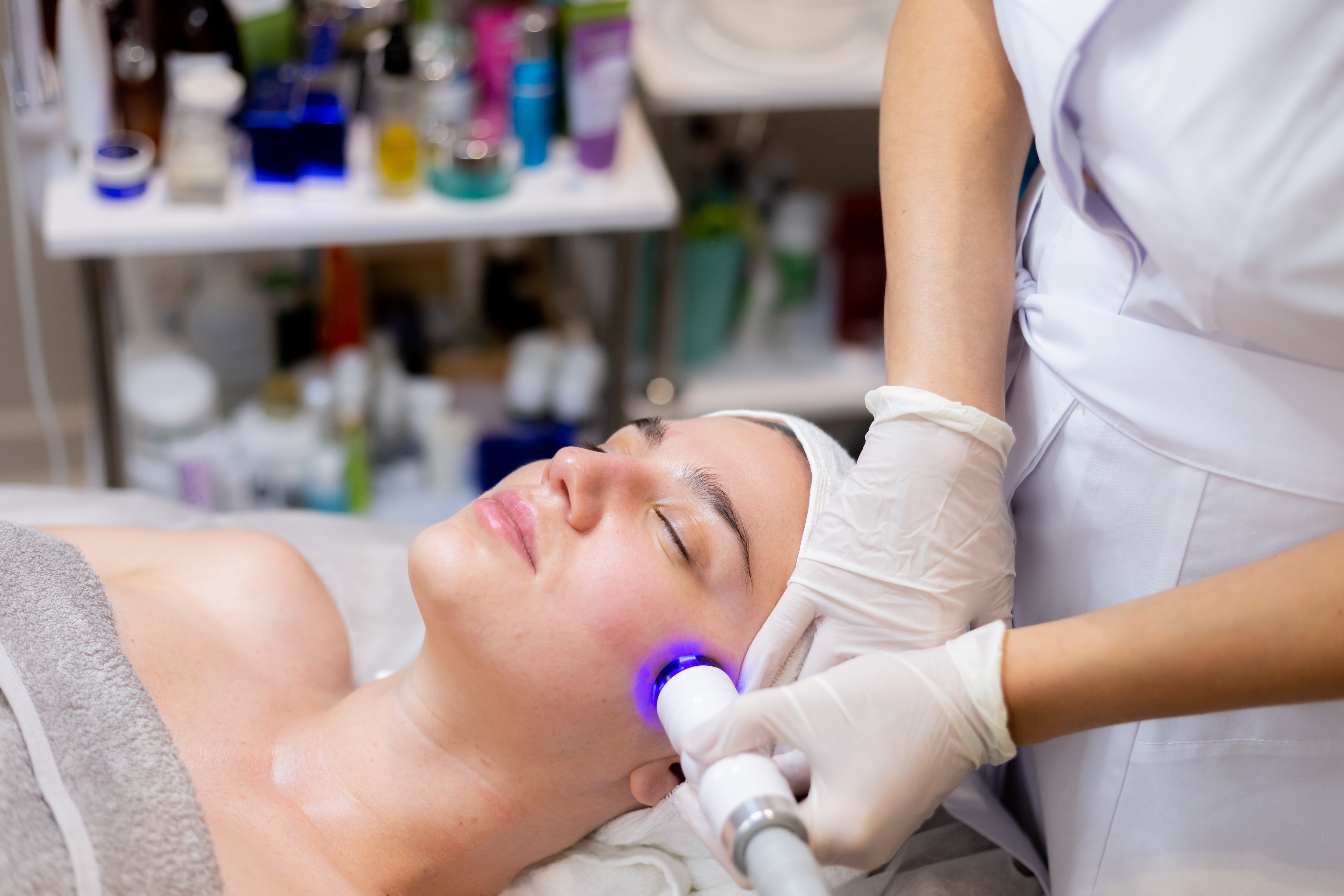



.png)
.png)

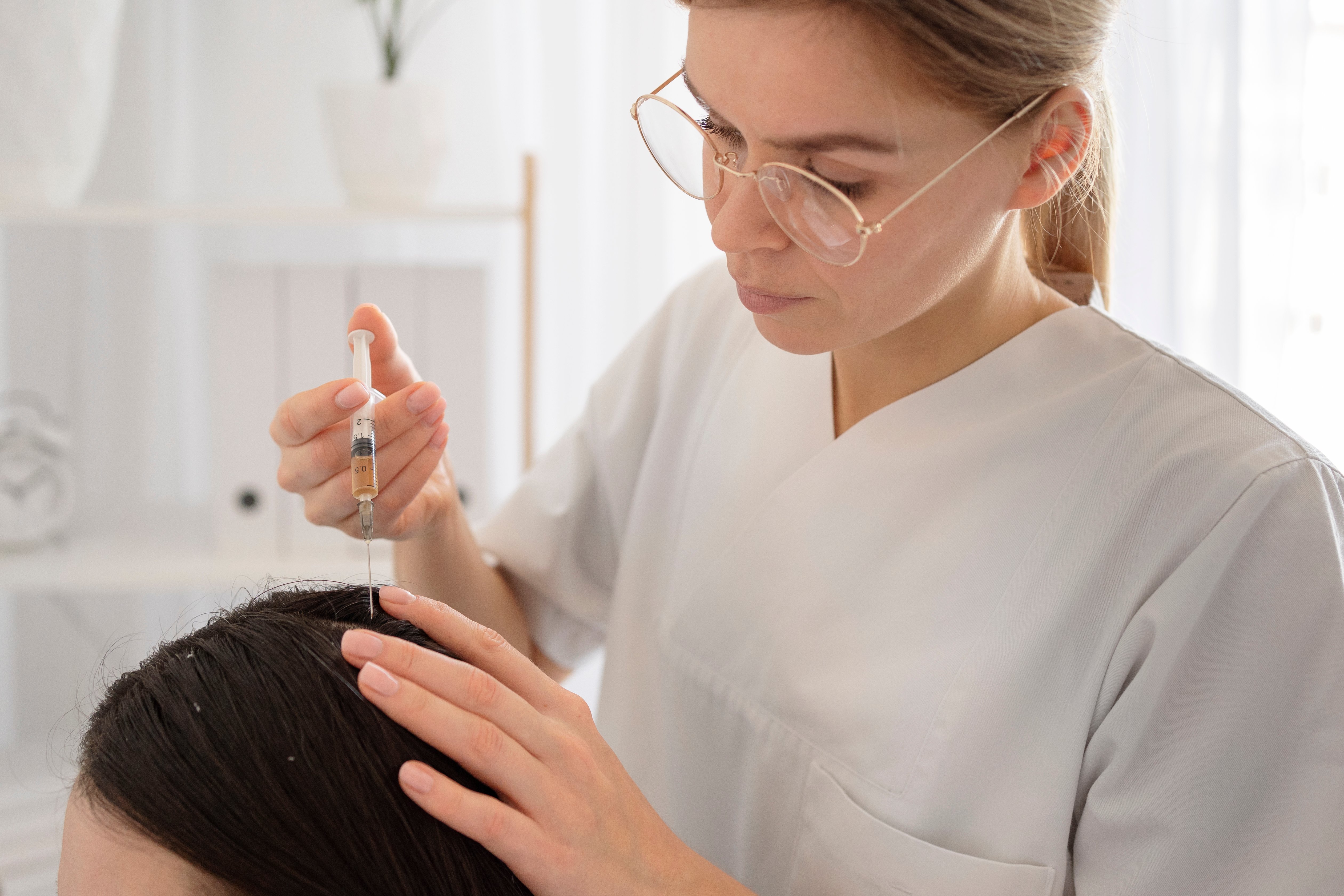


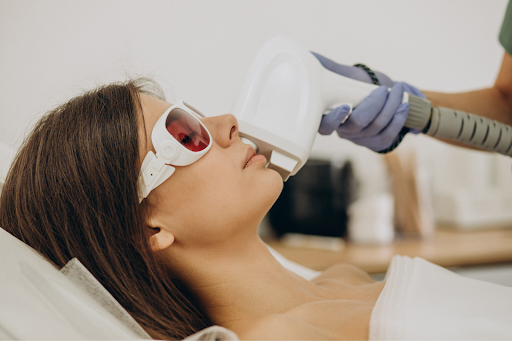

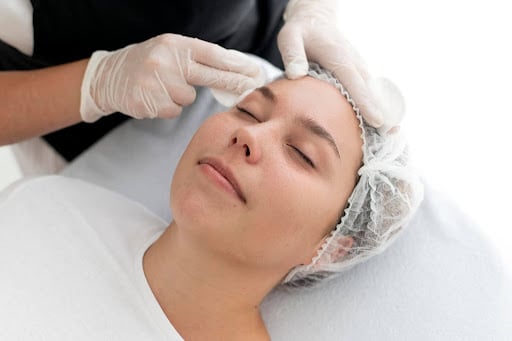


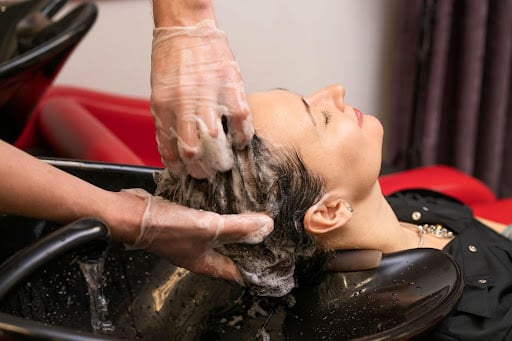
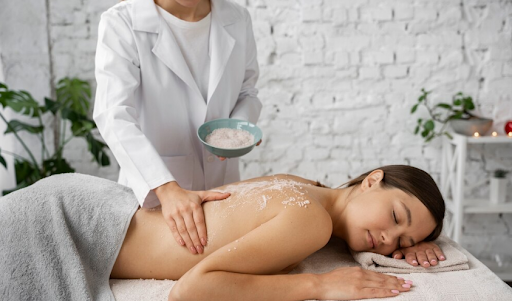
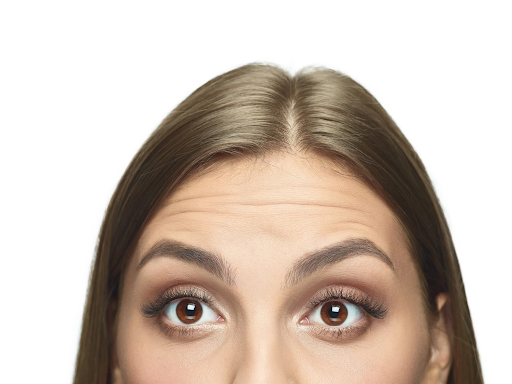




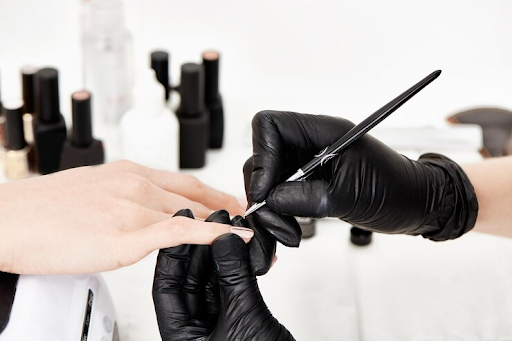


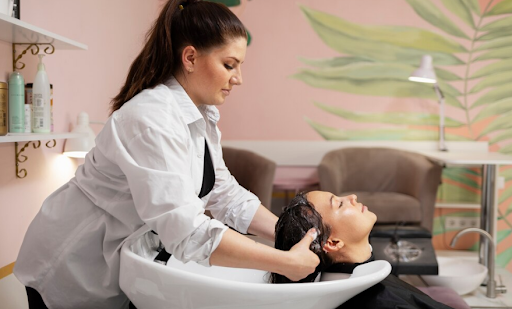
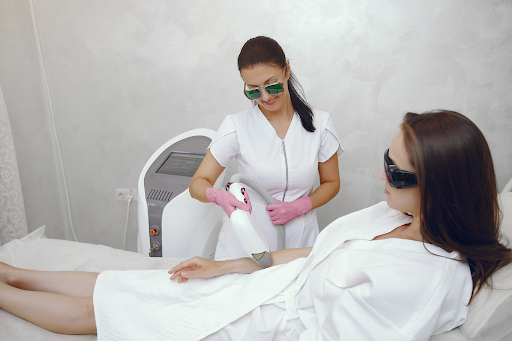



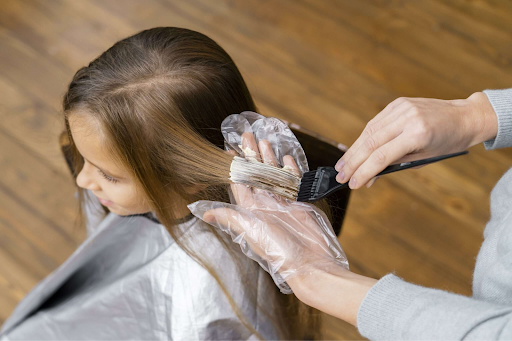


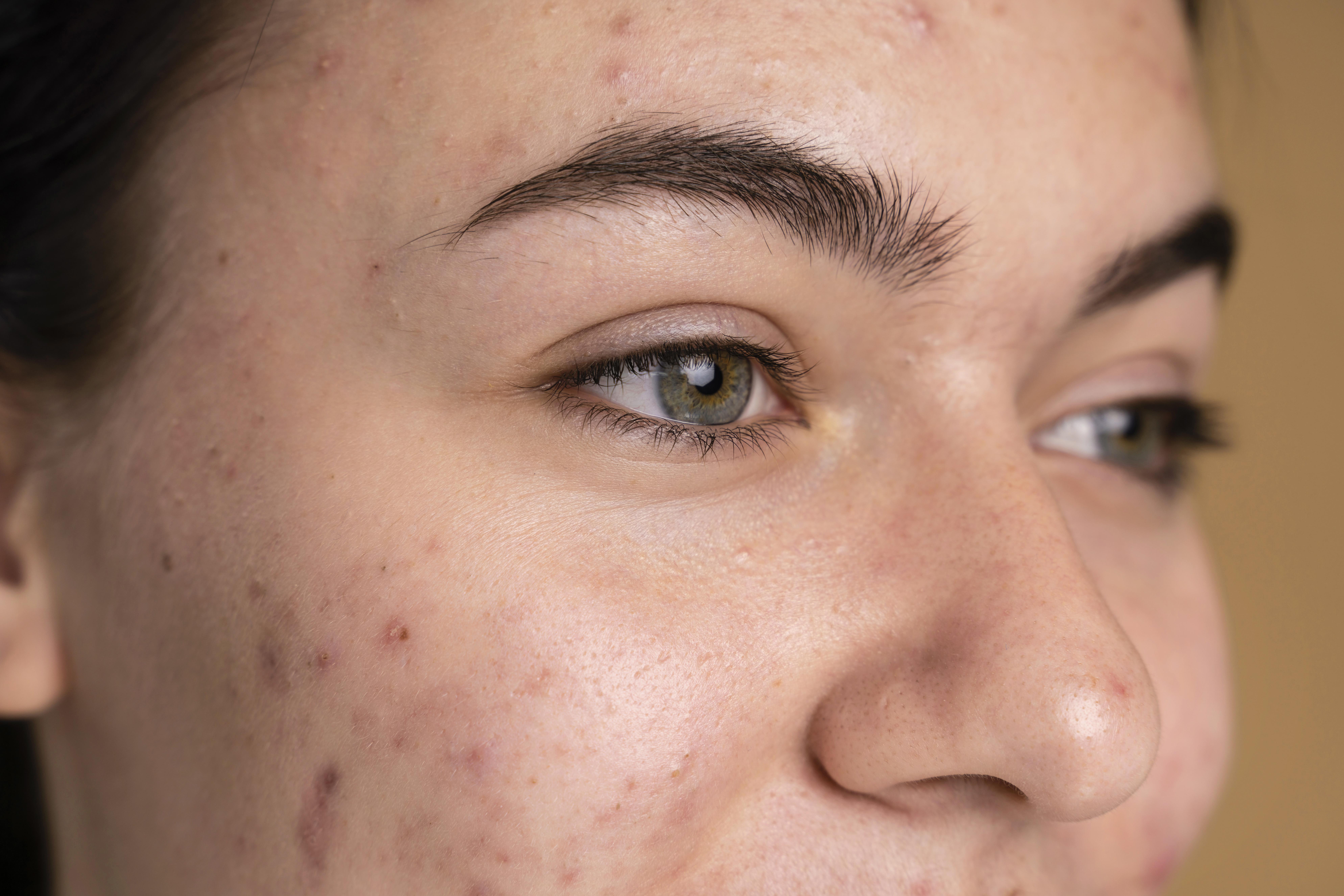
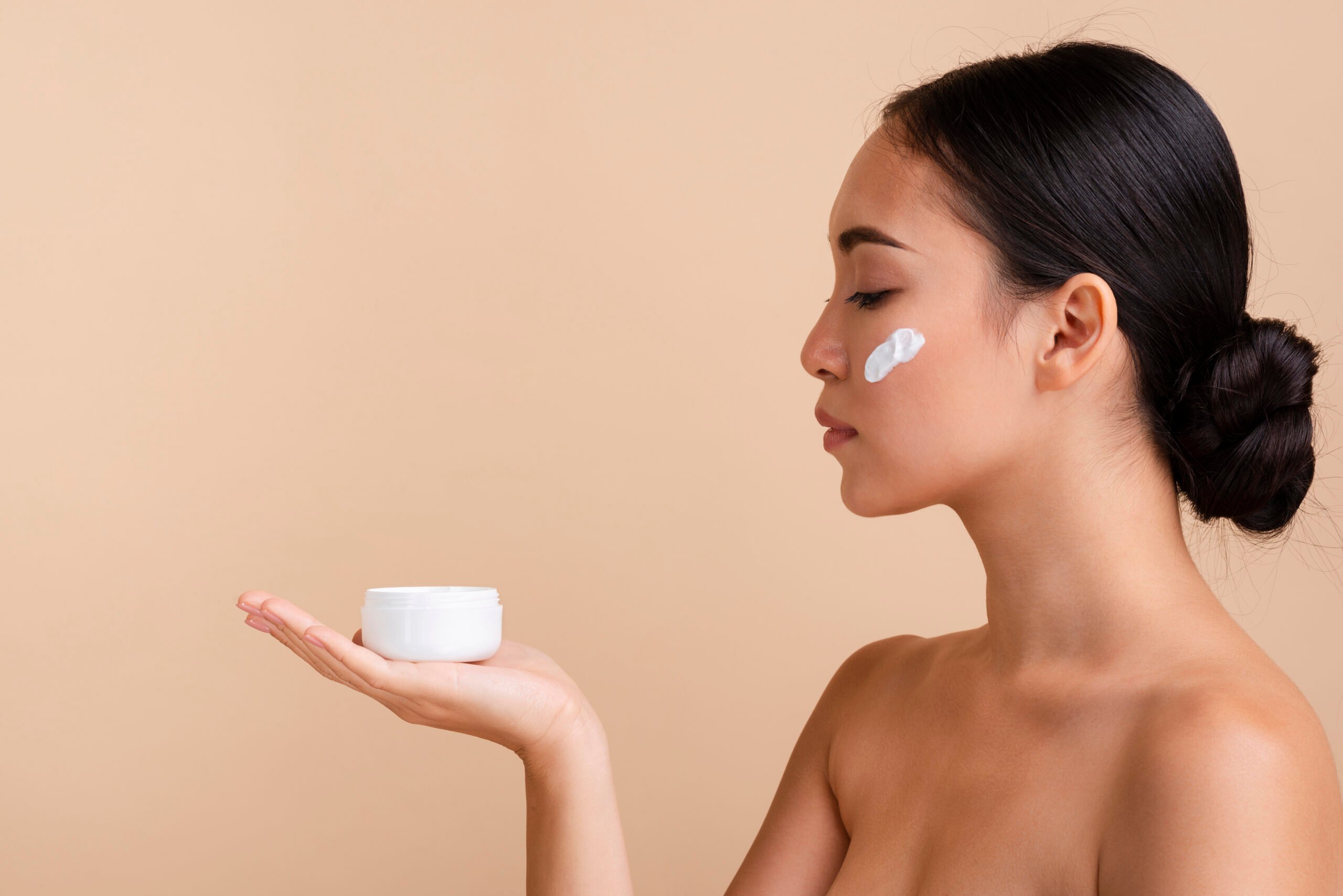

.jpg)
